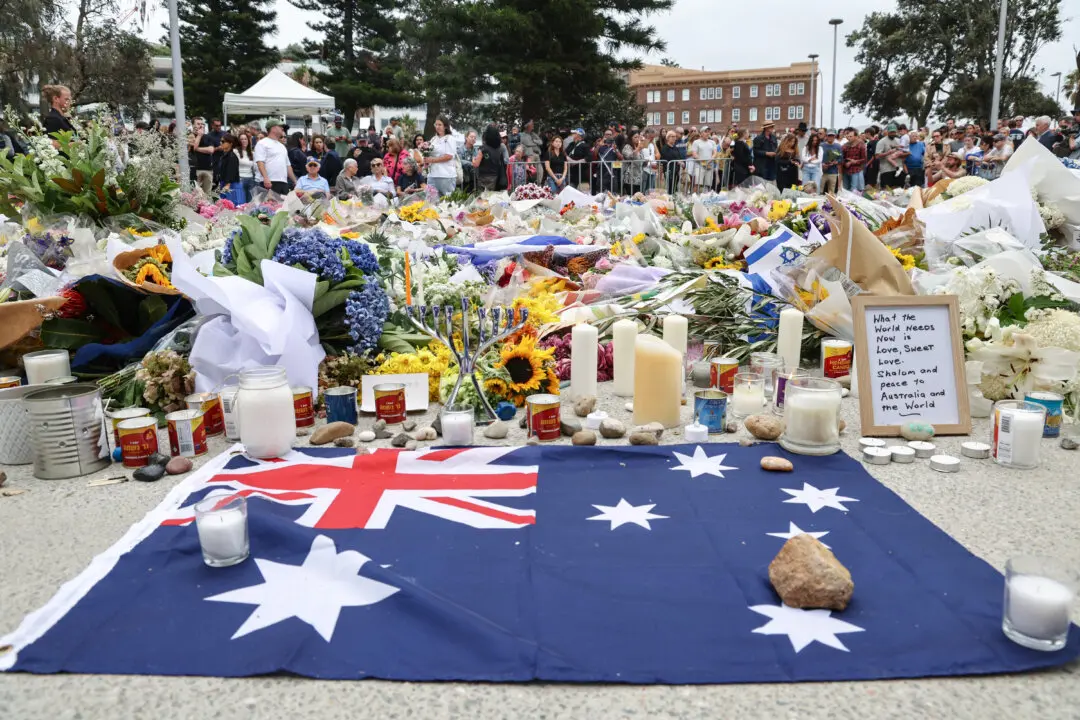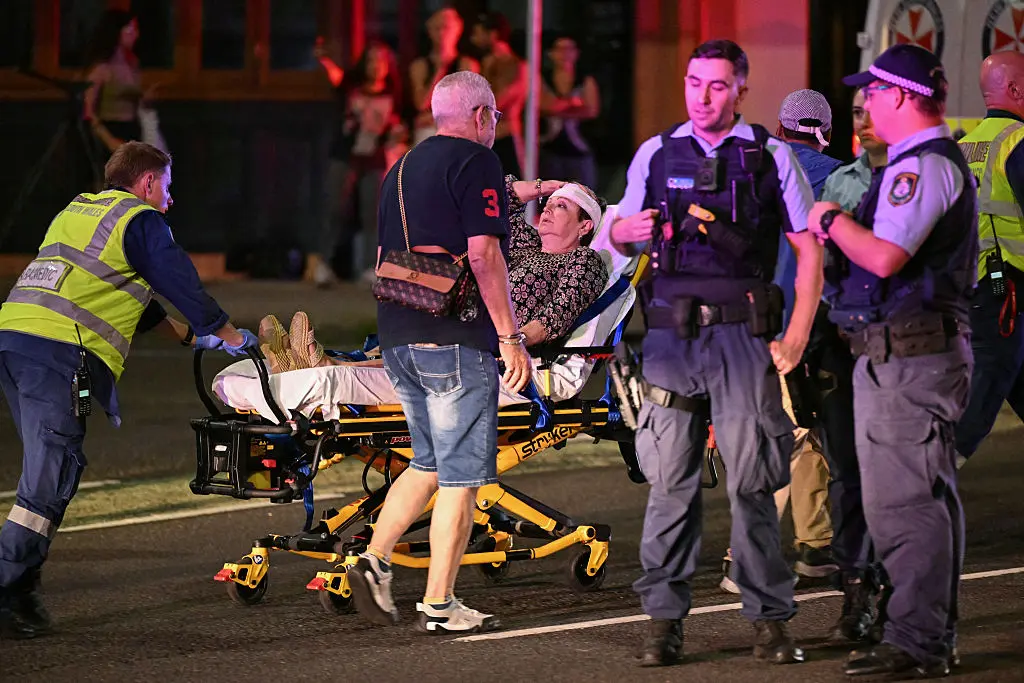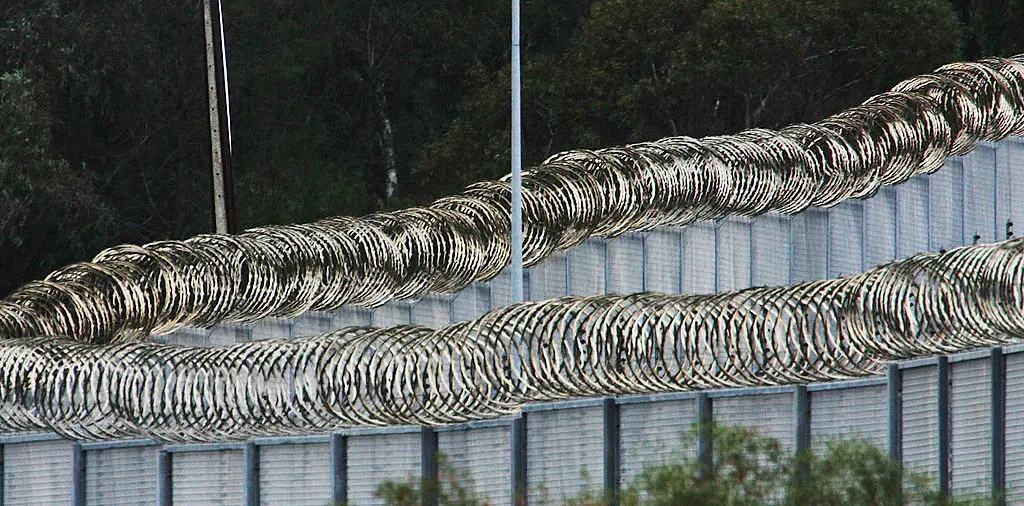Student behaviour in New Zealand classrooms has hit a new low, an Education Review Office report reveals.
The country’s ranking on an OECD scale has been among the worst for 20 years, but the report says it’s getting worse. Prolonged periods away from the classroom due to pandemic lockdowns triggered a further decline, which educators have been unable to arrest.





